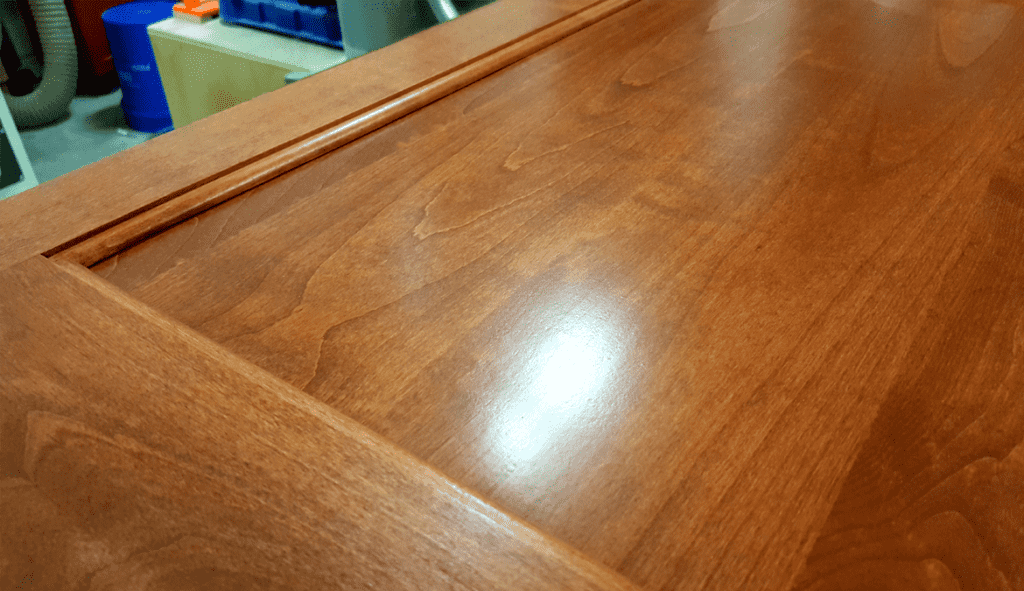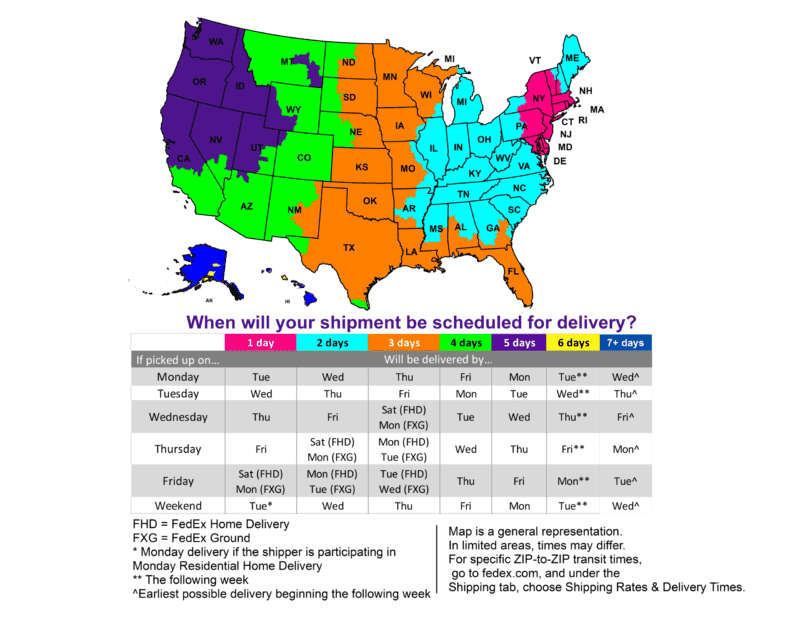To seal or not to seal? To prime or not to prime? These are the questions that can definitely try painters’ souls (not to invoke Shakespeare and Thomas Paine too much—but their quotes are actually appropriate!). And I’m asked these very questions on a daily basis, from both Pros and DIY finishers alike—and, as such, it is a topic that requires focus for all of us who are involved in the art of finishing. So when should you use fine wood sealer or primer?
In the eyes of paint and coatings manufacturers, a fine wood sealer and primer basically perform the same function but do so with a different visual end result—i.e., they penetrate the wood fibers and create a clear or pigmented film formation for the top coat to build upon.
Wood Sealers for Fine Wood Finishing
Common types of wood sealers are clear, translucent and pigmented. Wood sealers used in fine wood finishing, are, on average, clear in their dried/cured film formation and allow the underlying color of the wood, be it natural or a pre-applied wood stain, to show through. Examples of the clear wood sealers in the EMTECH line are the EM1000 Universal Sanding Sealer and the USH3000 UltraSeal-WB Shellac.
Some wood sealers are tinted to offer a wide array of colors, these are produced for the DIY market as “One-Step Seal/Paint” finishes—they are quick “one trick pony” type formulas—but offer limited performance values. Also, there are pigmented wood sealers that are designed for exterior wood surfaces such as architectural wood siding or on exterior decks. In the Target Coatings lab we stay focused on high performance, visually clear, fine wood sealers. The accompanying video will give you a more detailed explanation.
Emtech Sealers & Primers Category by Target Coatings from Jeff Weiss on Vimeo.
Wood Primers & Surfacers for Fine Wood Finishing
On the other side of the formulating spectrum are wood primers. In our case we focus on the HSF5000 Primer/Surfacer/Grain Filler. Primer/Surfacer products are offered in translucent or pigmented color formats and are used as grain filling and grain locking media to ensure that the wood grain image, be it MDF, birch, poplar or maple, does not “print” back through and become visible in the upper layers of the painted surface. The term “printing” refers to the grain revealing its texture—not its visible color—back through the pigmented or clear top coat that is applied over the base layer. Again, take a look at the video above to learn more about the HSF5000 Primer/Surfacer.
So, depending on what the wood species is you are working with, and the final function that the constructed piece is meant to perform, the selection of the right fine wood sealer or primer can make your finishing schedule a faster, dare I say, smoother, experience.
As always, please feel free to contact my office if you have any questions regarding this topic and the products discussed herein.



I am refinishing a 15 year old maple kitchen because the original pre cat finish has been checking and peeling. I sanded down the doors and resprayed with emtech em6000satin acrylic lacquer. The resulting color is too light and does not match the other wood in the kitchen. Can you recommend a toner or other process to Get a better match?
Kurt — You can shade/tone with TransTint Dyes to adjust the color back to the effect you are looking for. Though I do not want to guess without seeing an image of the original color, I suspect that a drop of Honey Amber dye will adjust the color.
Hi Jeff, Thanks for the advice. Do you sell the dyes?
No, we do not. You can contact order TransTint Dyes directly from Homestead Finishing Supplies, or order them from Woodcraft.
Hello, What is the best lacquer to use for refinishing/restoration of antique furniture purposes?
Would I obtain a richer more solvent like look by using a sanding sealer, or can I go straight self sealing with whatever product is recommended
Rowbriggs – Look at our EM6000 Production Lacquer as a self-seal finish, or with the EM1000 Universal Sanding Sealer if a sealer is required.
I am using the WB lacquer on natural red oak cabinets. Would a sanding sealer 1000 save me from doing extra coats of lacquer? or even money for that matter?
Also is the lacquer just as water resistant as the WB conversion varnish? I am slowly learning the process!!!
Joe – Yes, using a sanding sealer can lower the total number of topcoats required to complete the film build, plus our EM1000 will enhance and magnify the color image of the grain being sealed. I recommend two thin coats of our EM1000 on any brightwork being clear coated.
The EM6000 has similar water resistance to the EM8000cv.
What do type of roller and brush do you recommend to use on cabinets? I’ll be using the water based pigmented lacquer. Thanks
Ryan – Thank you for your inquiry, and thank you for your patience in waiting on my reply.
I recommend that you use a fine nap roller and a good quality synthetic bristle brush. Look at the Purdy Nylox brush – I like the what this bristle controls the paint volume and keeps air bubbles to a minimum. JW
Hello Jeff;
I am finishing my kitchen windows that are above the sink so they are in a work zone and that is a southern exposure. They are Anderson 400 series so the wood is pine and when I stain them with Queen Anne cherry they still exhibit a distinct yellowish color in bright sunlight. My method is to coat the window with a reduced sanding sealer followed with a full strength coat, then sanding the dust off after these coats are dry. The subsequent top coat is mixed with a 5% by weight addition of the cherry stain in the lacquer.
My question to you, 1.) how could I mollify the yellowing, 2.) what would be the best top coat for this area, sunny-side sink area. Thank you, sincerely
Charles Lessick
Charles — Thank you for your question, and thank you for your patience in waiting on my reply.
The best way to cool down the color yellow is to shade the stain with an intermediate clear coat that is toned with a small percentage of blue or violet dye. The keywords here are “small amount”, i.e. a drop or two. You can add these colors into the WB varnish or urethane of your choice, or use our EM1000 Universal Sanding Sealer as the shading/toning vehicle – but it is not 100% required that you use the EM1000 for this sole purpose.
Being as you want to stay away from the warmer yellow tones I recommend that you use our EM9300 Polycarbonate Urethane as the clear coat of choice over the final stain applciation. A minimum of 4 coats is recommended to create a good water-resistant shell.
Please feel free to contact our office to discuss this in greater detail.
Best Regards,
JeffW / Target Coatings